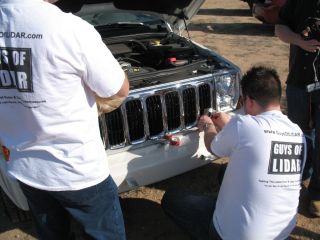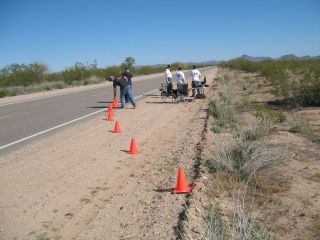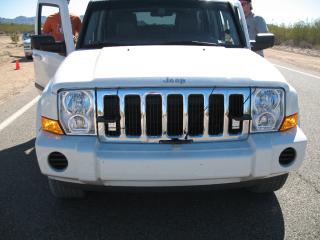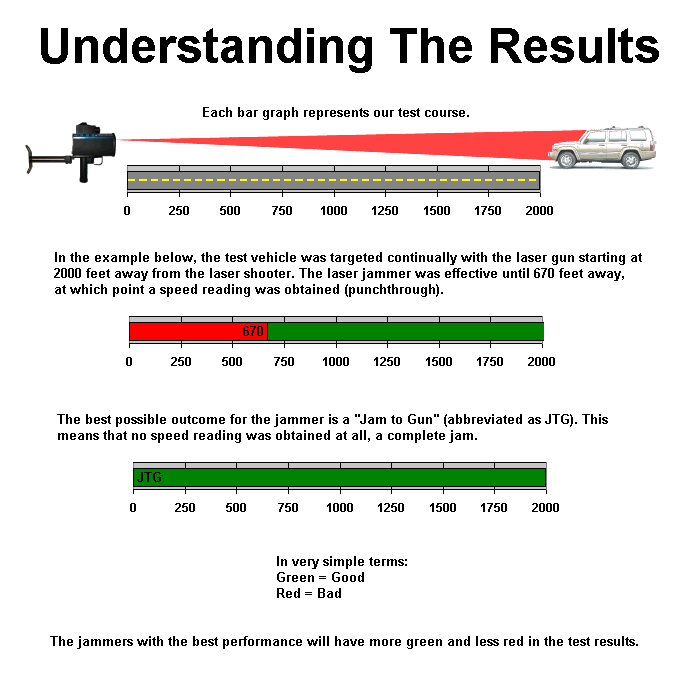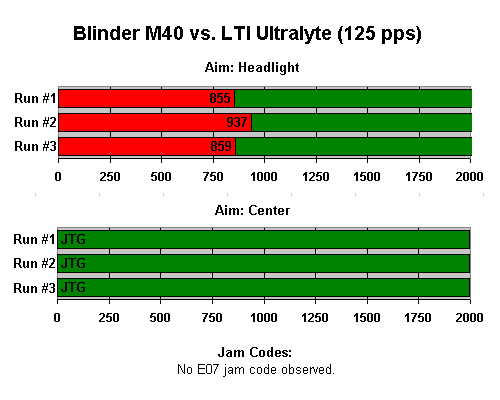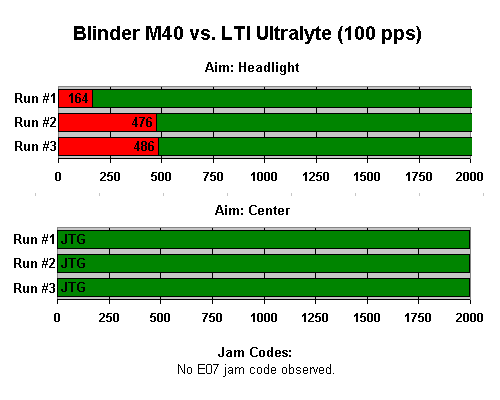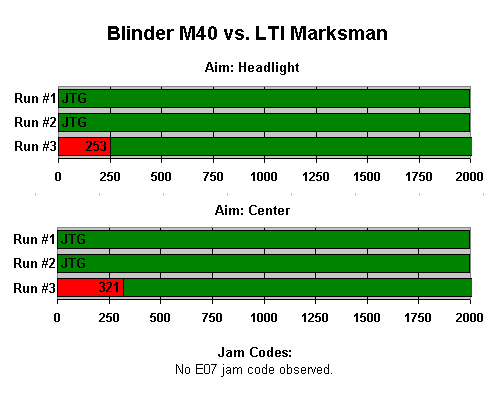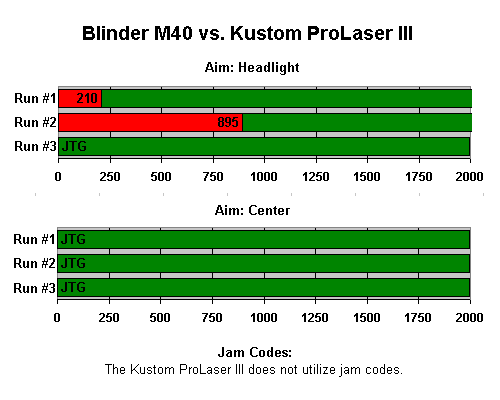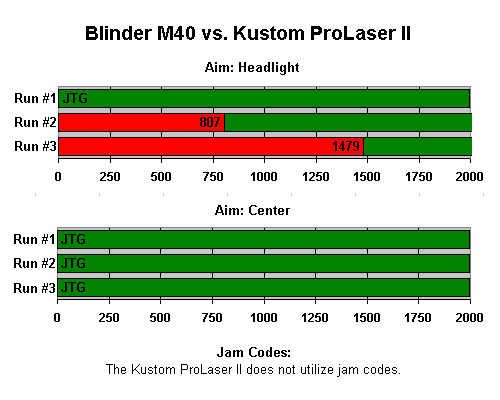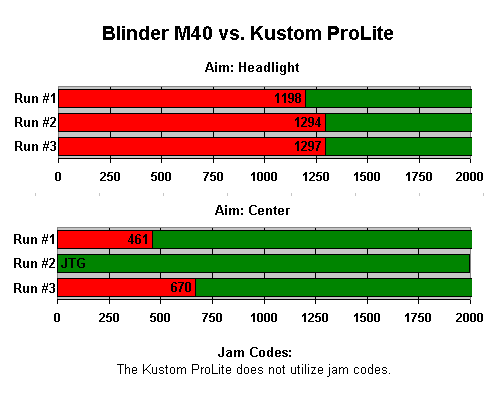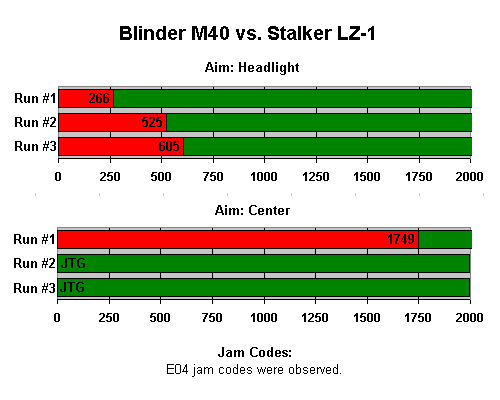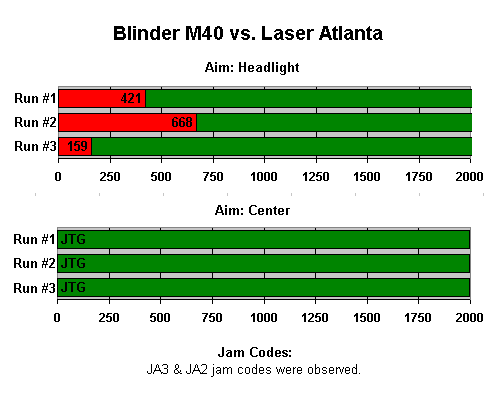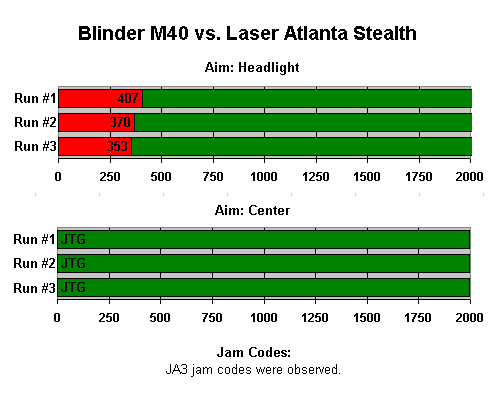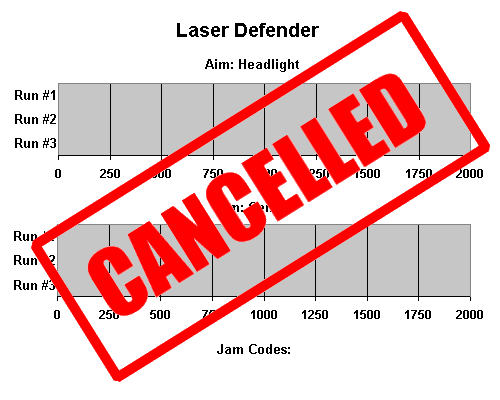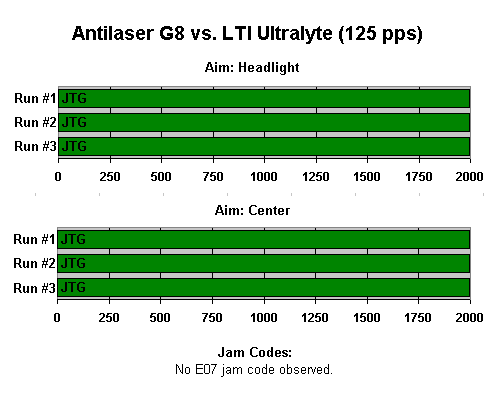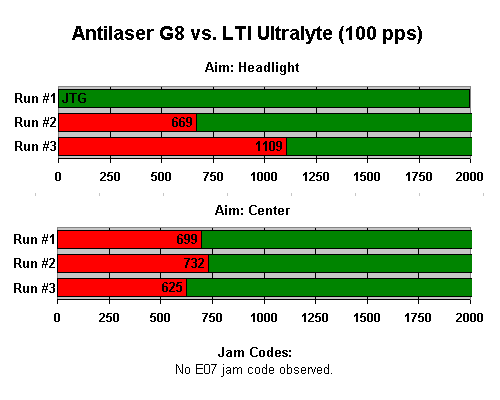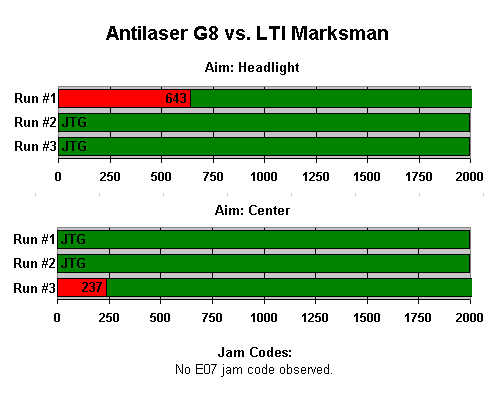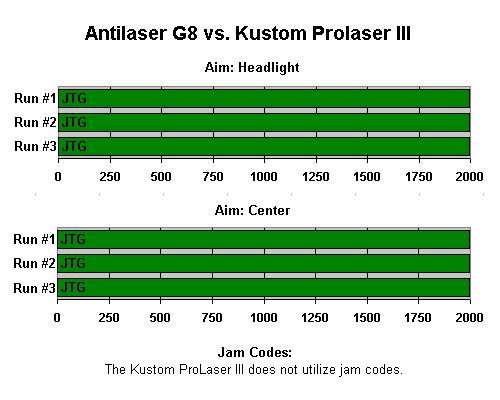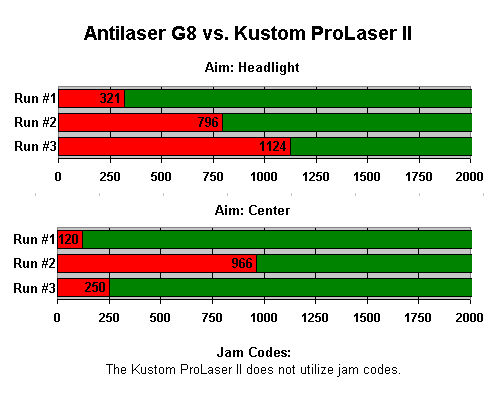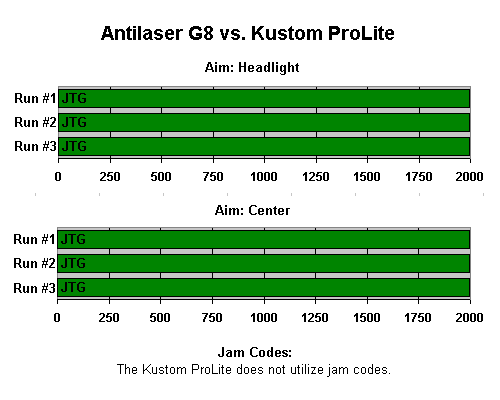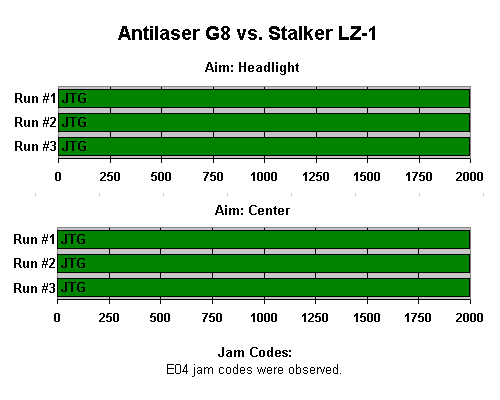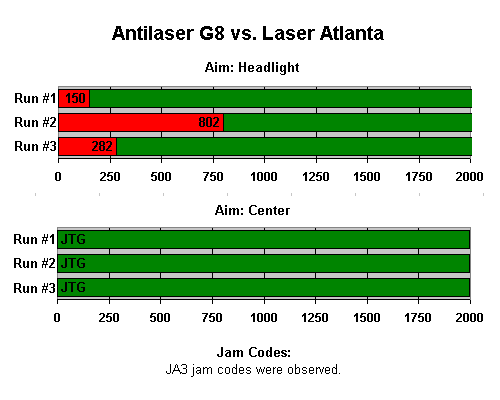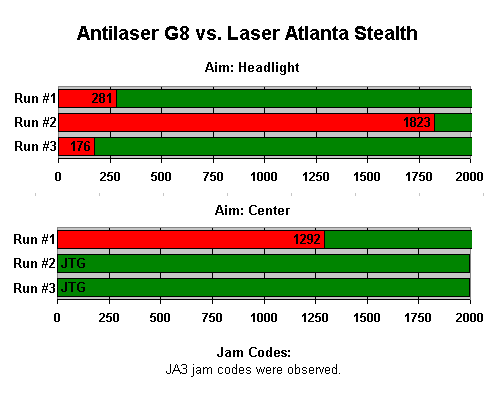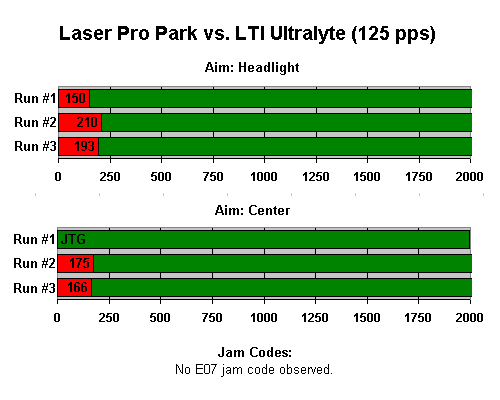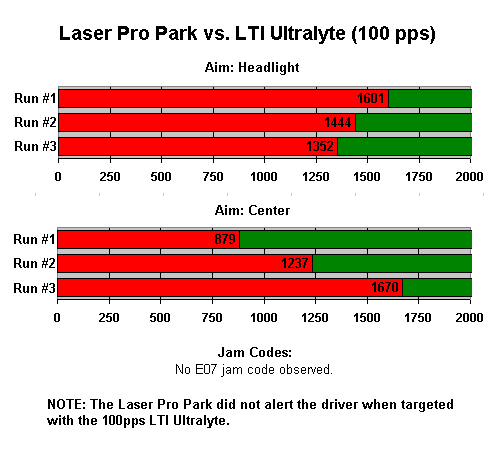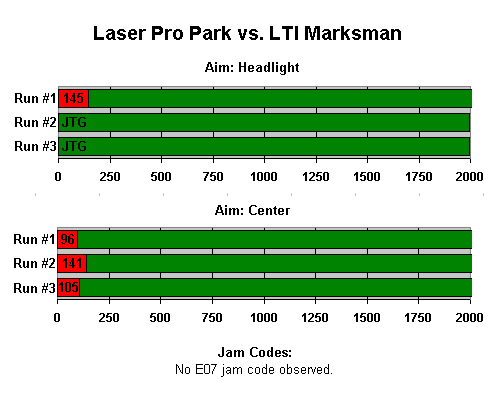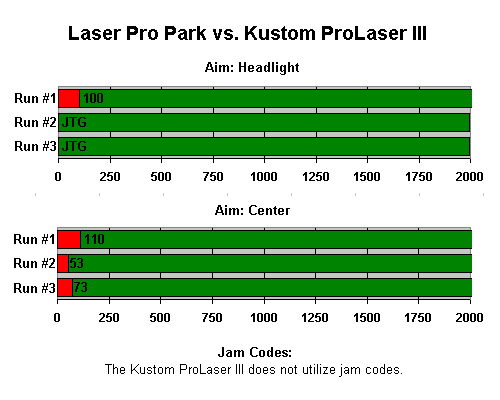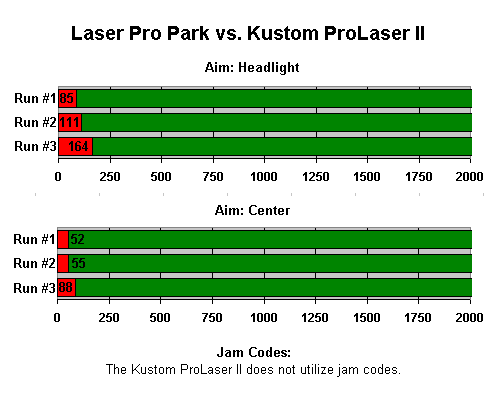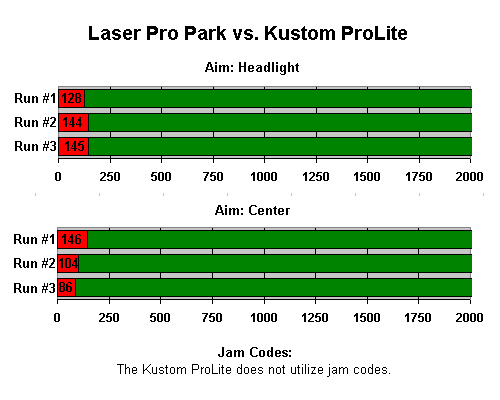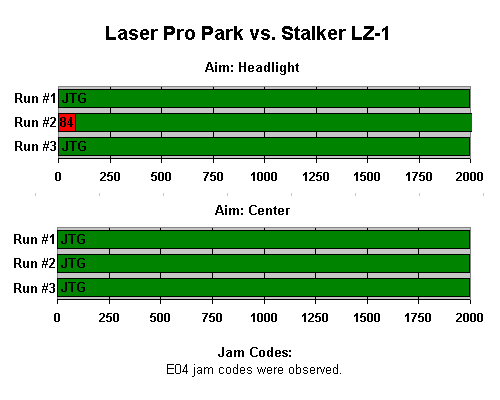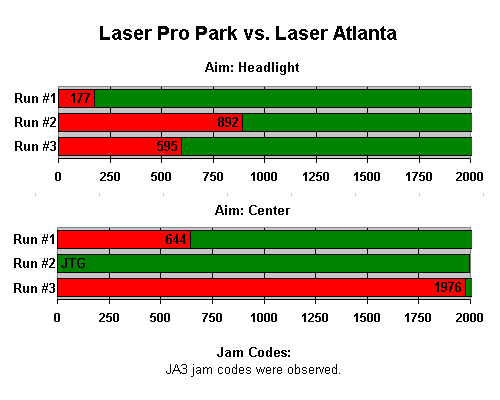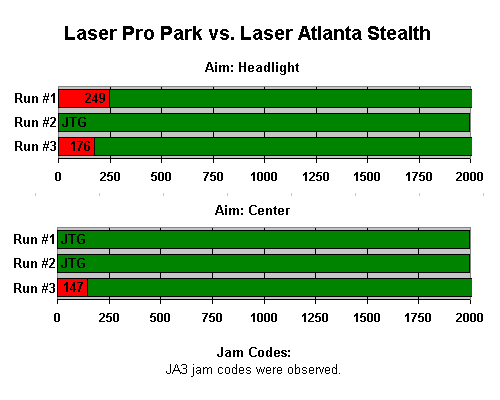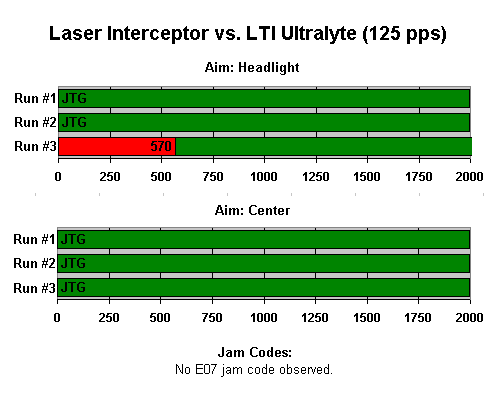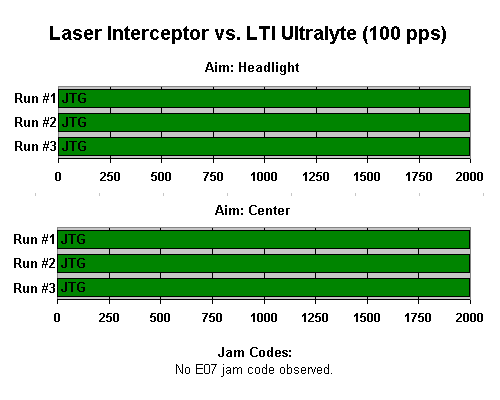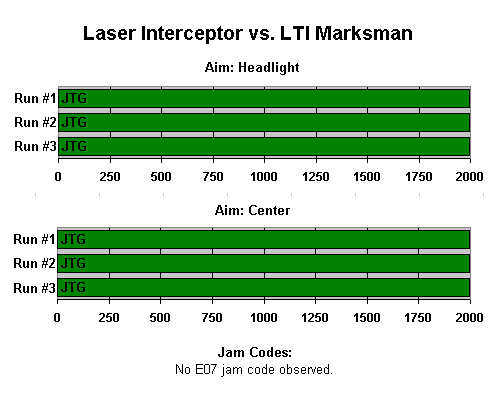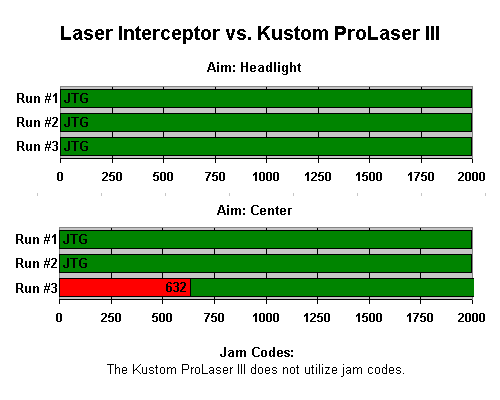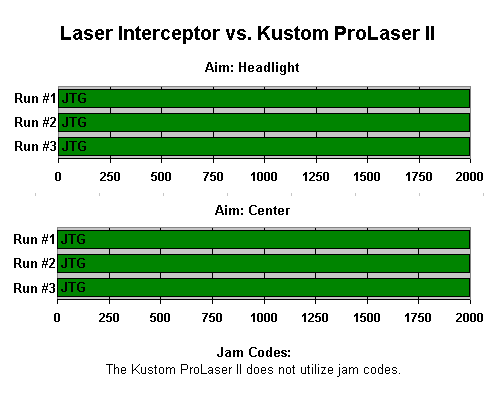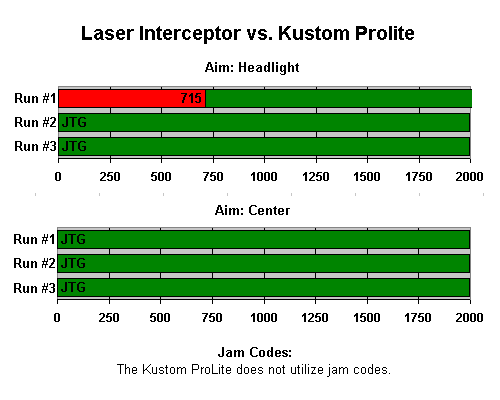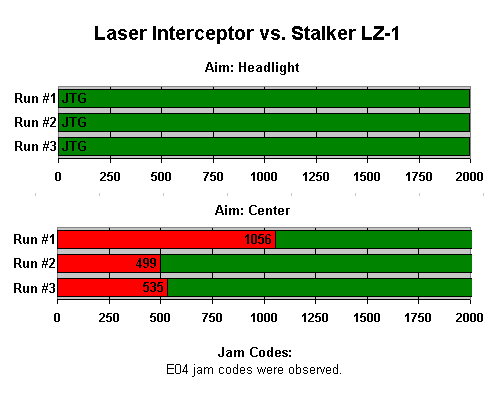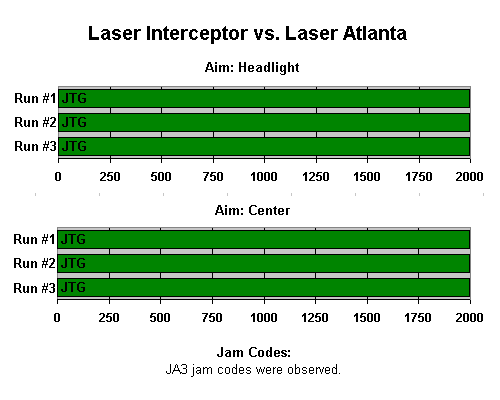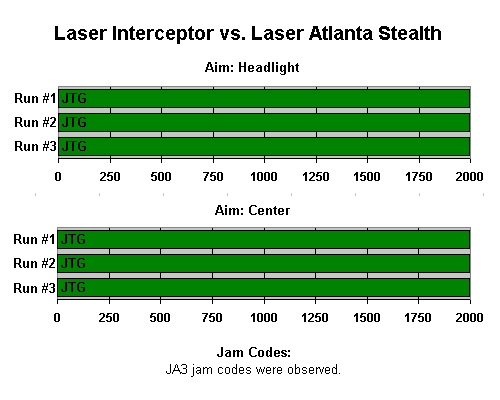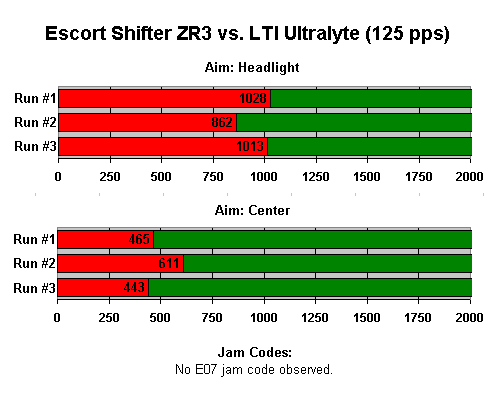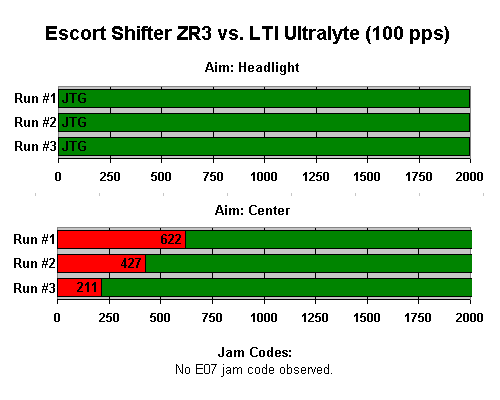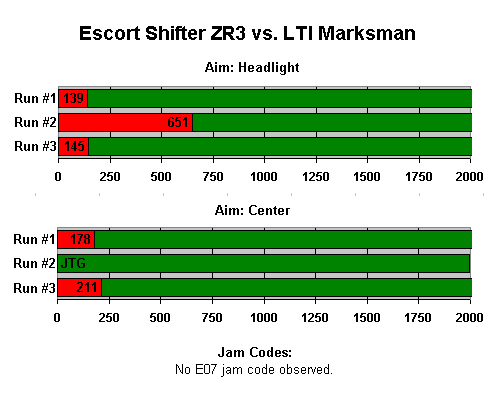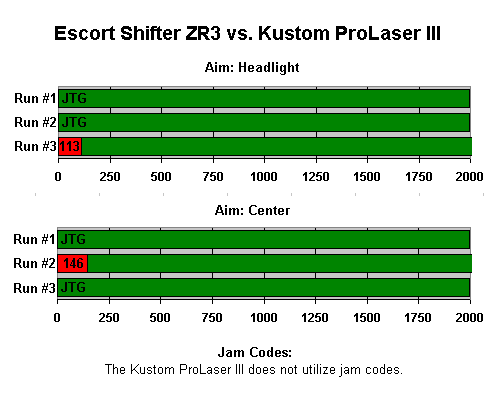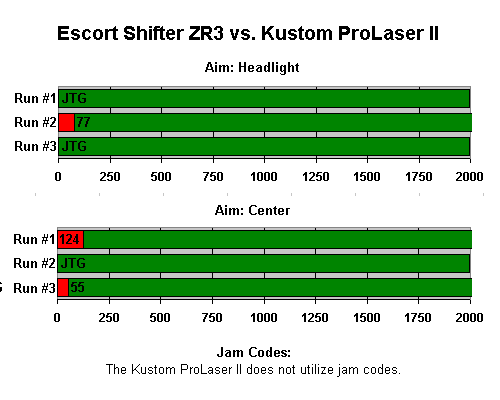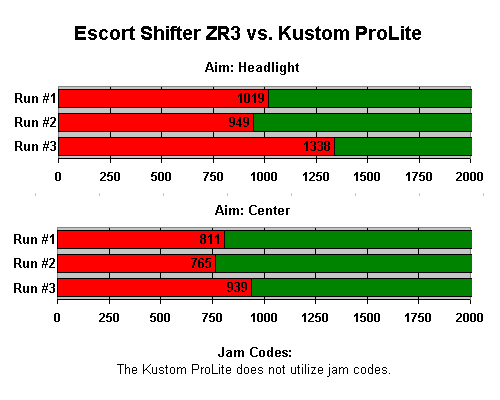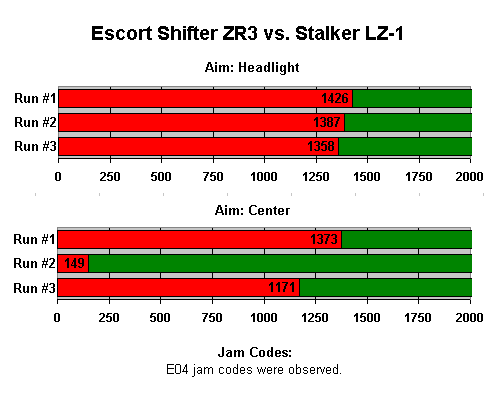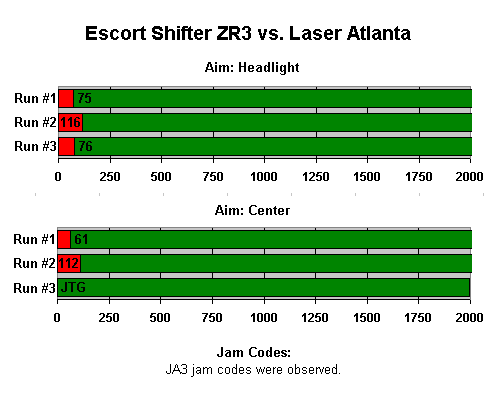 One of these days, we'll reach a point where we won't be able to out-do ourselves anymore. But we're definitely not there yet. This was possibly the most thorough and conclusive laser jammer test ever undertaken. We tested many of the top laser jammers available on the market today against the laser guns used in the US.
Are you a veteran jammer enthusiast? Don't care how the test was done? Want the results NOW? Click Here For The Results Summary!
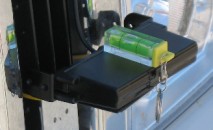 The jammers were mounted to provide the best performance, as determined by the Guys of LIDAR. We didn't want to cut into the grille of the test vehicle and were not permanently installing the jammers, so we attached brackets to the grille and mounted the transponders on the brackets. Bubble levels were used to ensure that the transponders were mounted level. 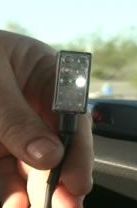 The laser jammers were installed using Cheetah's Laser Jammer Interfaces to save time. Big thanks to Cheetah for providing these for our use at the test! The Laser Jammer Interface has three components; a LASERnode wireless transmitter, an engine running sensor and a cable to connect to the jammer's control box. Power is supplied by connecting the "engine running" sensor directly to the battery terminals. This makes hardwiring easy and automatically switched the jammers on 3 seconds after the Jeep's engine was started. The wireless transmitter plugged directly into the jammer's control/junction box. All the jammer alerts were then received wirelessly on the GPSmirror, which gave voice and audio alerts whenever the jammers fired. For good measure, the Vizalert receiver was also positioned in the speedometer dials, like a remote display. The Blinder was tested with four transponders. The Escort Shifter ZR3 was tested with three transponders. All the rest of the jammers were tested with two transponders. To keep things consistent, all two-transponder jammers had the transponders mounted in the same locations.  The Guys of LIDAR obtained some special infrared laser protection safety glasses, and made them available to the officers shooting the laser guns. These are the same type of glasses which are used for protection in the lab when developing laser products. The darkest of these will protect the eyes from up to "Class III" infrared laser emissions at distances of six feet away or more.
The Guys of LIDAR obtained some special infrared laser protection safety glasses, and made them available to the officers shooting the laser guns. These are the same type of glasses which are used for protection in the lab when developing laser products. The darkest of these will protect the eyes from up to "Class III" infrared laser emissions at distances of six feet away or more.But there were no "Class III" laser products at our test. The laser guns are all "Class I" laser products, and are generally considered safe under normal operation. The laser jammers we tested are all classified as "Class I" or "Class IM" laser products and are also generally considered to be safe under normal conditions. However, hundreds of laser shots in a day against laser jammers definitely isn't normal: that's a lot of infrared exposure. Are the glasses absolutely necessary? Maybe not. Reasonable? Definitely, especially when it comes to protecting your eyesight. The glasses had some good contrast similar to shooting glasses, which didn't hinder targeting. They also provided some relief to the shooter from the blazing Arizona sun. All else being equal, how to the jammers stack up against each other in terms of performance? This is what we set out to determine. We tested the jammers by exposing each one to a specific set of controlled conditions. Testing proceeded as follows:
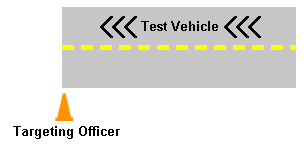
The officer targeted from the far side of the road, opposite the side used by the test vehicle .
Blinder M40 The Blinder M40 was an average of 83% effective against laser guns used in the USA. (See how this was calculated)
Laser Defender
Antilaser G8 The Antilaser G8 was an average of 88% effective against laser guns used in the USA. (See how this was calculated)
Laser Pro Park The Laser Pro Park was an average of 85% effective against laser guns used in the USA. (How was this calculated?)
Laser Interceptor The Laser Interceptor was an average of 96% effective against laser guns used in the USA. (How was this calculated?)
The Guys of LIDAR look forward to testing a retail sample of this jammer in the future. Escort Shifter ZR3 The Escort Shifter ZR3 was an average of 80% effective against laser guns used in the USA. (How was this calculated?)
Results Summary 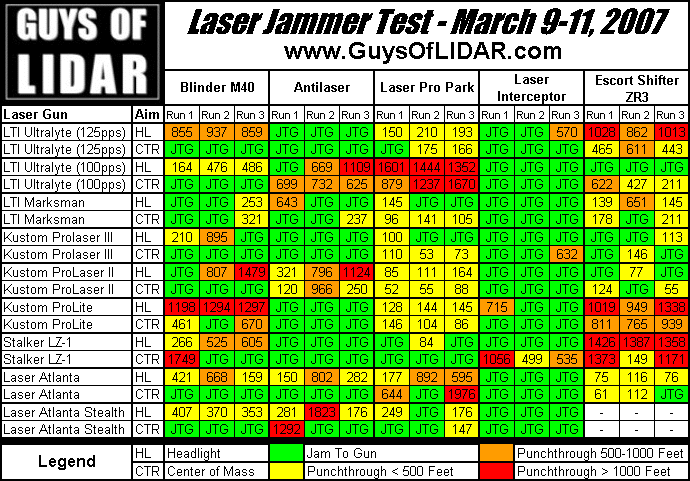
JAM CODES:
 We decided to try some single-head units on a smaller vehicle (a Dodge Charger) to see what would happen. A few of the more difficult-to-jam guns were selected for this test. We only did one test run per gun/aiming point. Please note: this was an "unofficial" test, and it did not have the strict controls of the regular tests. Some GOL members operated the laser guns. 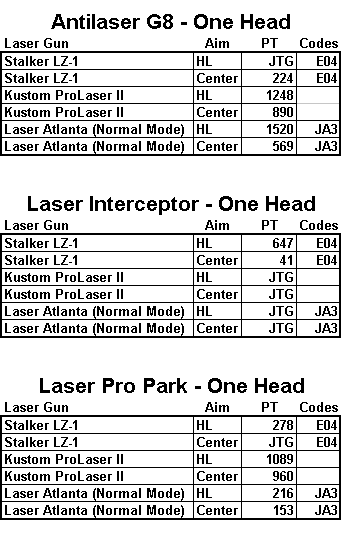 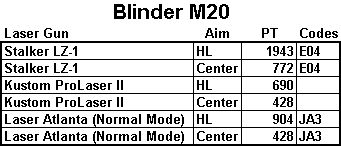  Roy's RV represents an ultimate worst-case vehicle. It wouldn't be practical to use for a comprehensive test, but we decided to try a few test runs with one of the jammers. Four Laser Interceptor heads were installed. None of us thought it would be able to JTG, especially run after run, with all different laser guns. We were wrong. Here's the videos: |


